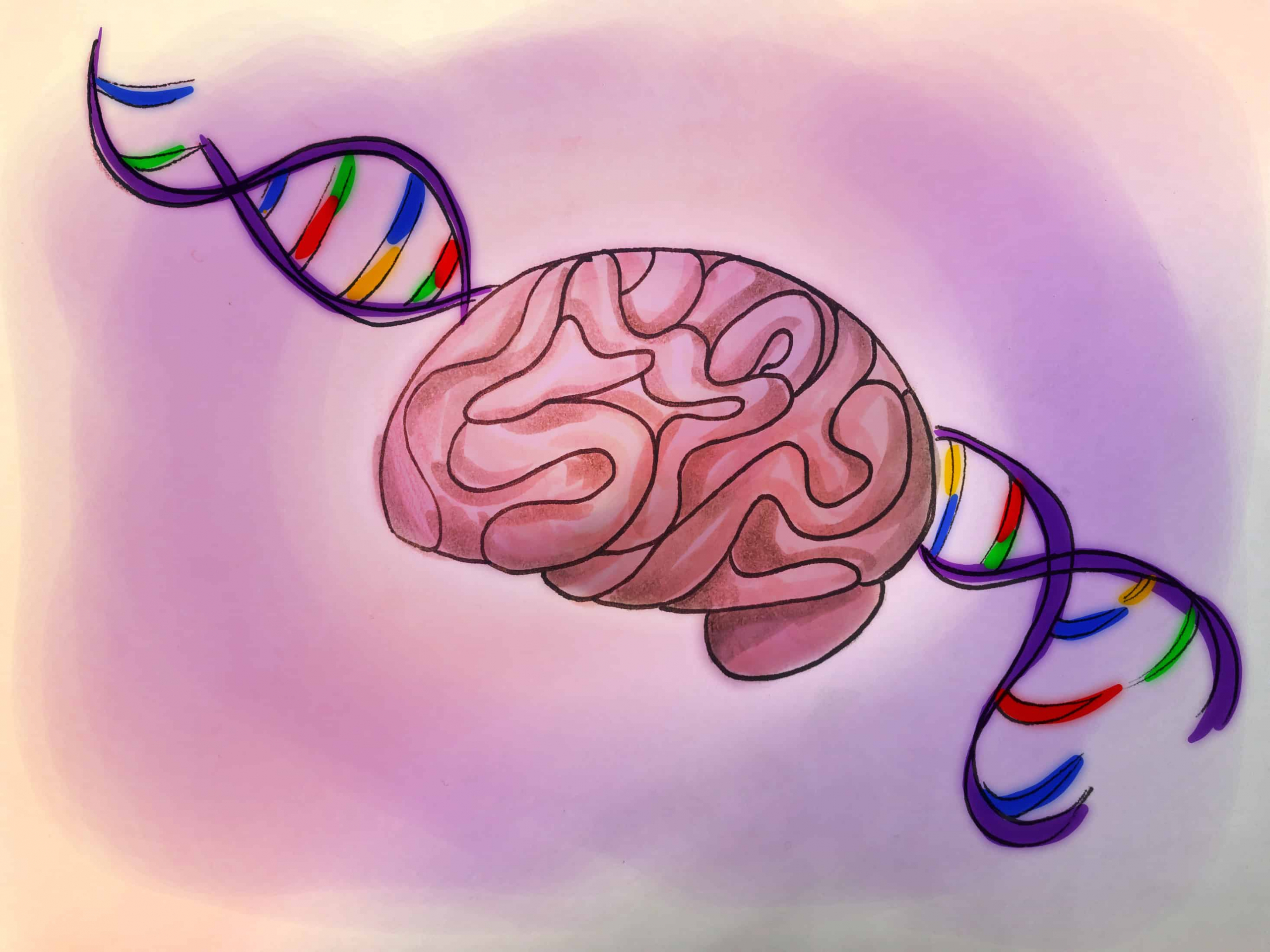A research team led by Jacques Michaud, a Professor of Pediatrics and Neuroscience at the Faculty of Medicine of the Université de Montréal, discovered eight new genes involved in childhood epileptic encephalopathy.
Until now, targeting the genetic mutations involved in epilepsy has been a challenge for researchers.
Epileptic encephalopathy is a disease involving the co-occurrence of epilepsy and intellectual or developmental disabilities. In most cases, the cause of the disease is unknown, though it is hypothesized to sometimes be due to the deterioration of the brain following uncontrollable epileptic seizures or singular genetic or environmental processes that induce seizures and brain destruction.
The associated developmental disabilities may emerge before or during epileptic episodes. Intellectual disabilities accompany epilepsy in 25 per cent of children with epilepsy.
Michaud’s team was the first to use whole-genome sequencing, a technique that determines the complete DNA sequence of the genome on such a large-scale epileptic study.
In their study, the researchers, including U of T researcher Berge Minassian, used whole-genome sequencing on 197 individuals with epileptic encephalopathy and their unaffected parents.
By comparing the rare alleles they found in regions of the 197 individuals’ genomes to associated gene descriptions, they were able to identify eight genes involved in the development of epilepsy and similar neurodevelopmental disorders. Based on the comparisons, the researchers found that epileptic encephalopathy is caused primarily by spontaneous genetic mutations. In other words, it is not inherited from the parents for the most part, though it could be passed on.
In a collaboration with other scientists around the world, the researchers found the same eight faulty genes caused epileptic encephalopathy in 30 other children.
Whole-genome rather than exome sequencing — the technique traditionally used to approach genetics analyses on individuals with epilepsy — will allow for the identification of many more potential mutations at any one time and may minimize the number of diagnostic tests children undergo.
The discovery could aid in the development of more effective treatments for patients with epileptic encephalopathy through therapies that directly target the eight genes and their pathways.


